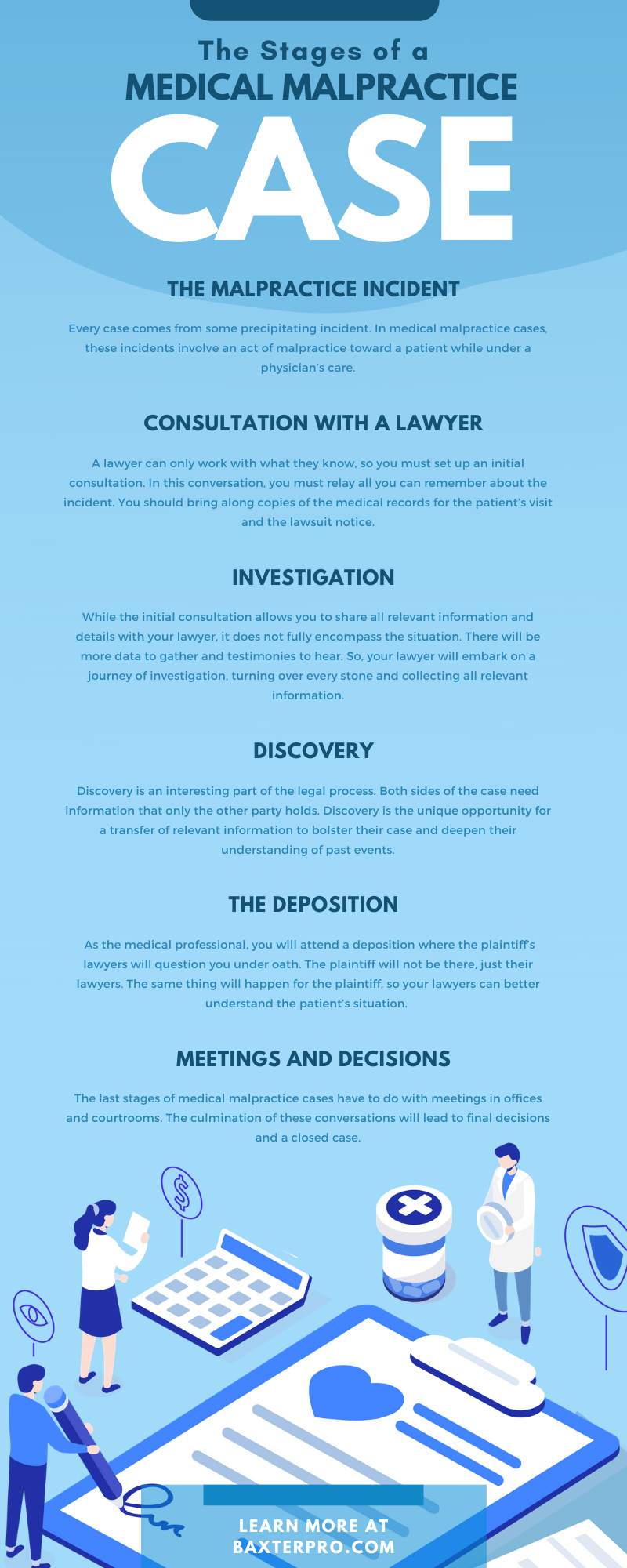Professional dentistry is an intricate area of expertise, and there are several different aspects to it that many might not realize. From general care to more complex surgeries, it takes varying levels of experience and skill to complete these tasks. As such, several kinds of dentists correspond to these roles. This is a complete guide to the different types of dentists and the techniques in which they specialize.
General Dentists
The most common type of dental professional, general dentists, are the individuals that patients will see on a routine basis. They handle standard care, such as cleanings and teeth exams. General dentists can also perform emergency procedures, tooth fillings, crowns, and repairs.
Pediatric Dentists
While like general dentists, pediatric dentists are different in that they know how to work with children. Since the dental office is a nerve-wracking place for younger kids, it takes a bit more patience and care to keep these patients calm. Pediatric dentists have specialized training in working with kids and performing preventative treatments, like tooth sealants and fluoride applications.
Orthodontists
Orthodontists, then, are specialists that deal with the overall structure of an individual’s teeth. Upon examining how a person’s teeth align, they perform specific treatments to correct these inconsistencies. This often means the use of braces, aligners, and palate expanders to completely change the look and functionality of the teeth.
Endodontists
Endodontists, on the other hand, work with the tissues inside of the teeth themselves. This collection of nerves and pulp can sustain trauma from cavities and other tooth conditions. As such, it’s the responsibility of the endodontist to perform root canals to ease the infection. They can also remove the root entirely, if needed, with a procedure called an apicoectomy.
Periodontists
With the teeth and their internal tissues taken care of, an individual may see a periodontist to care for the rest of their gums. These professionals primarily focus on the treatment and prevention of gum disease. This may include skin grafting procedures and working with general dentists to create customized treatment plans for patients.
Oral Surgeon
Another different type of dentist to know of is the oral surgeon. Although they’re best-known for performing wisdom-tooth extractions, they deal with any complex oral surgery. Some examples include correcting misaligned jaws, repairing facial trauma following an injury, and taking oral biopsies to look for cancer.
Prosthodontists
Lastly, prosthodontists craft prosthetics to take the place of a patient’s broken or damaged teeth. These replacements work for both improving the appearance of a person’s smile and efficiently chewing food. So, these professionals work closely with other areas of dentistry as well—such as orthodontists and oral surgeons.
Regardless of what kind of dentistry you pursue, there’s always some risk—both to yourself and your patients. At Baxter & Associates, we provide premium medical malpractice insurance for dentists to protect you from potential damages. Reach out to us today to learn more about how we can support you and your practice.







